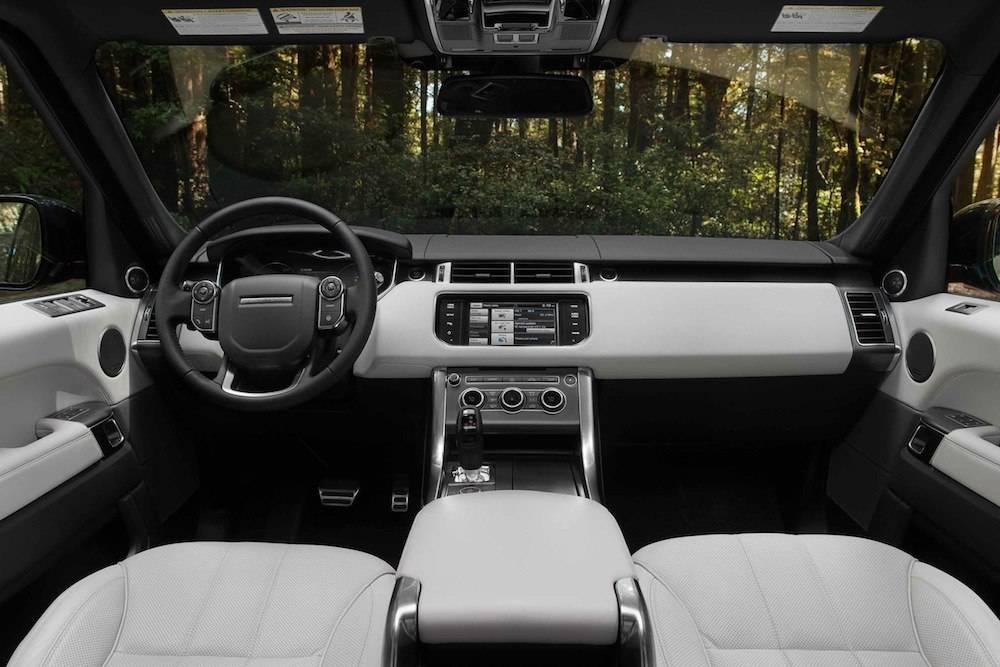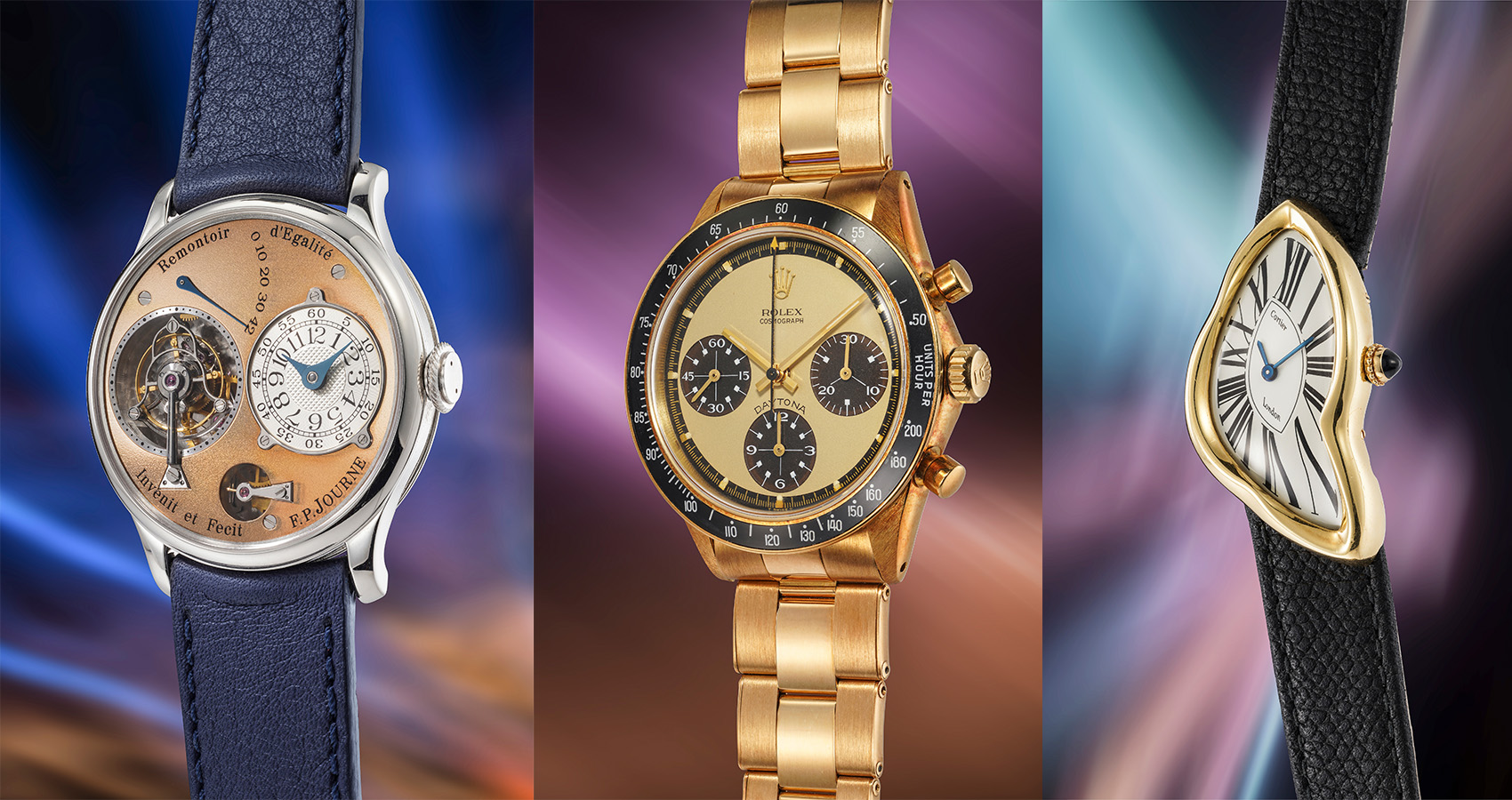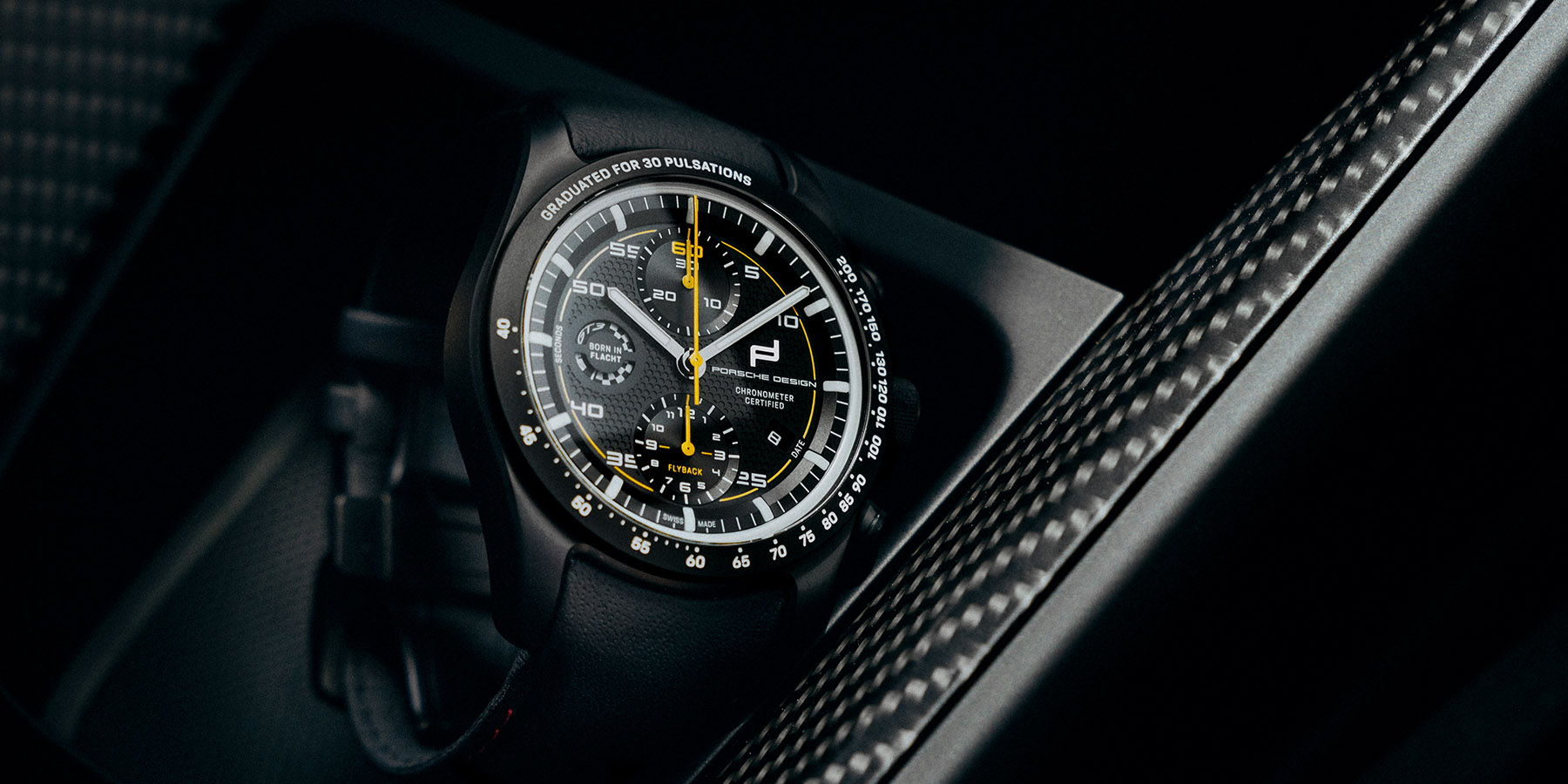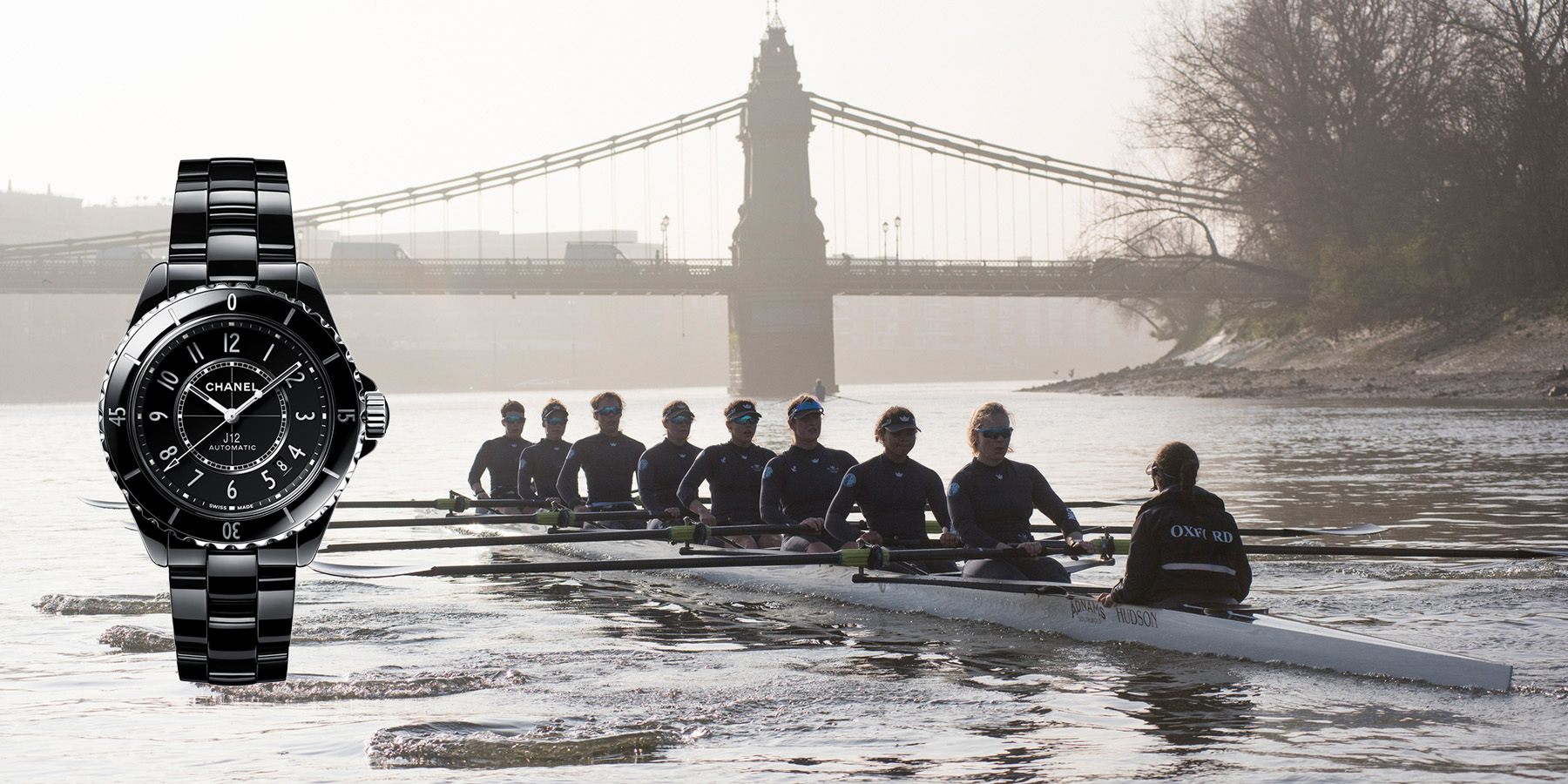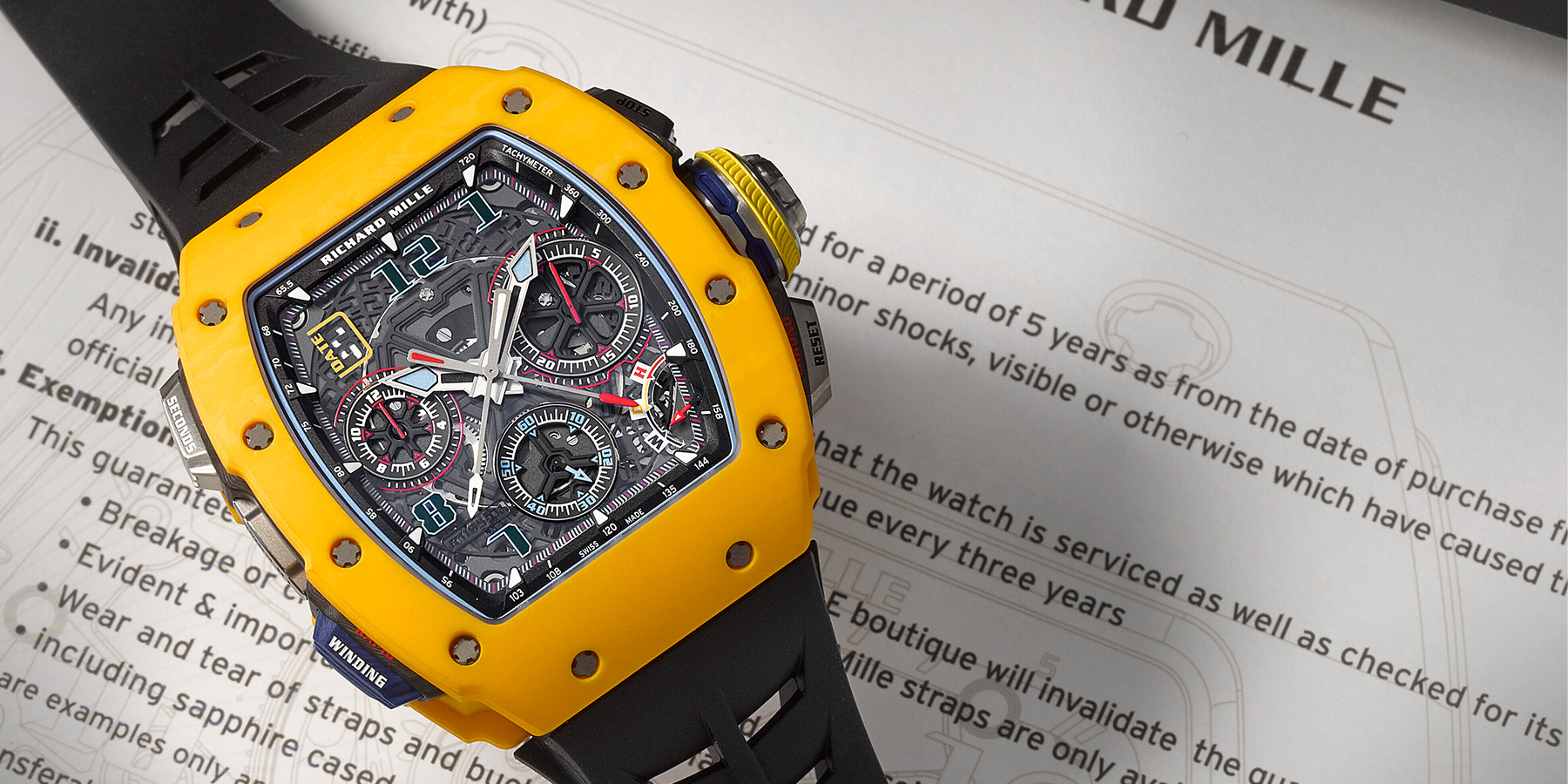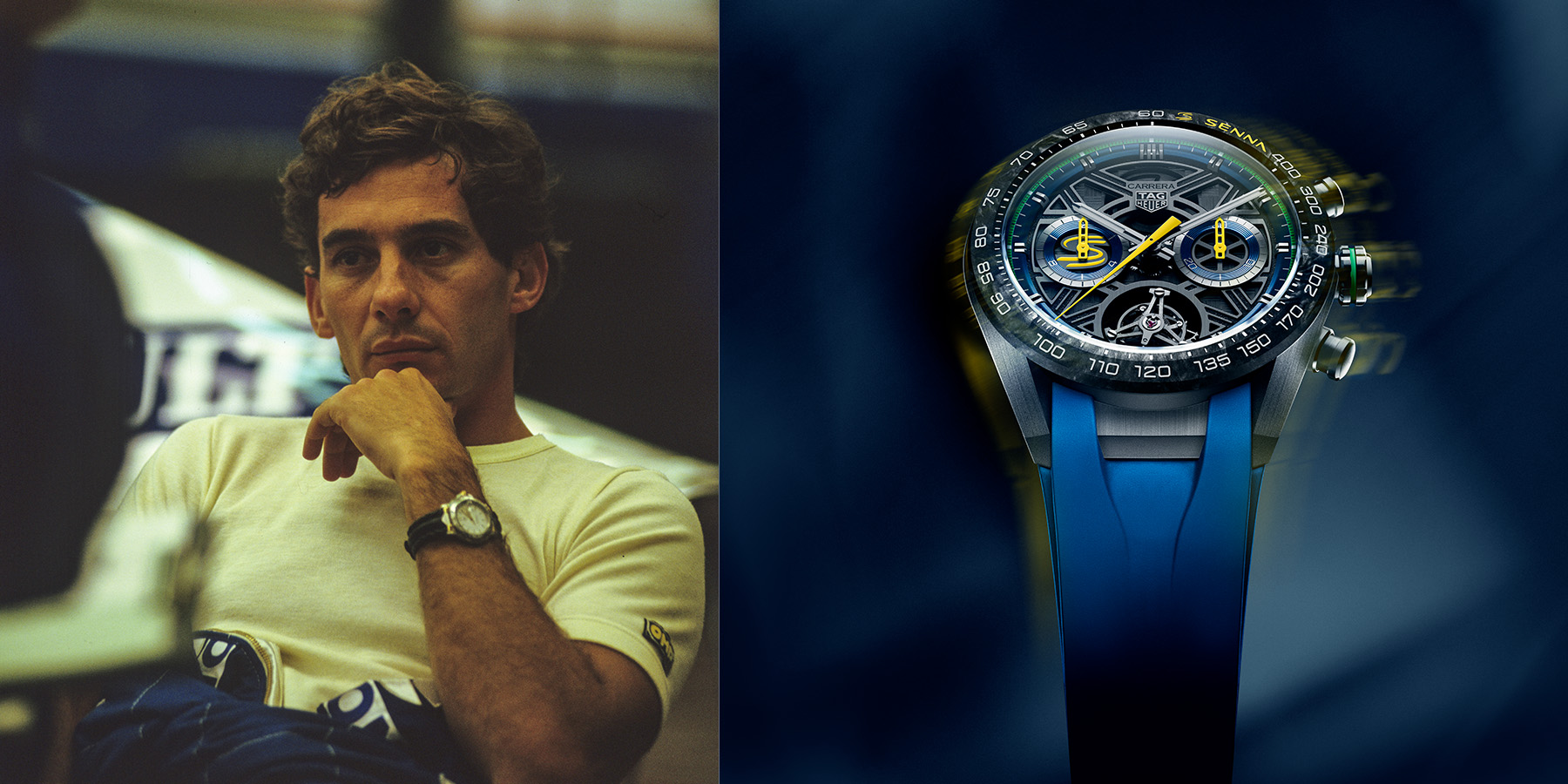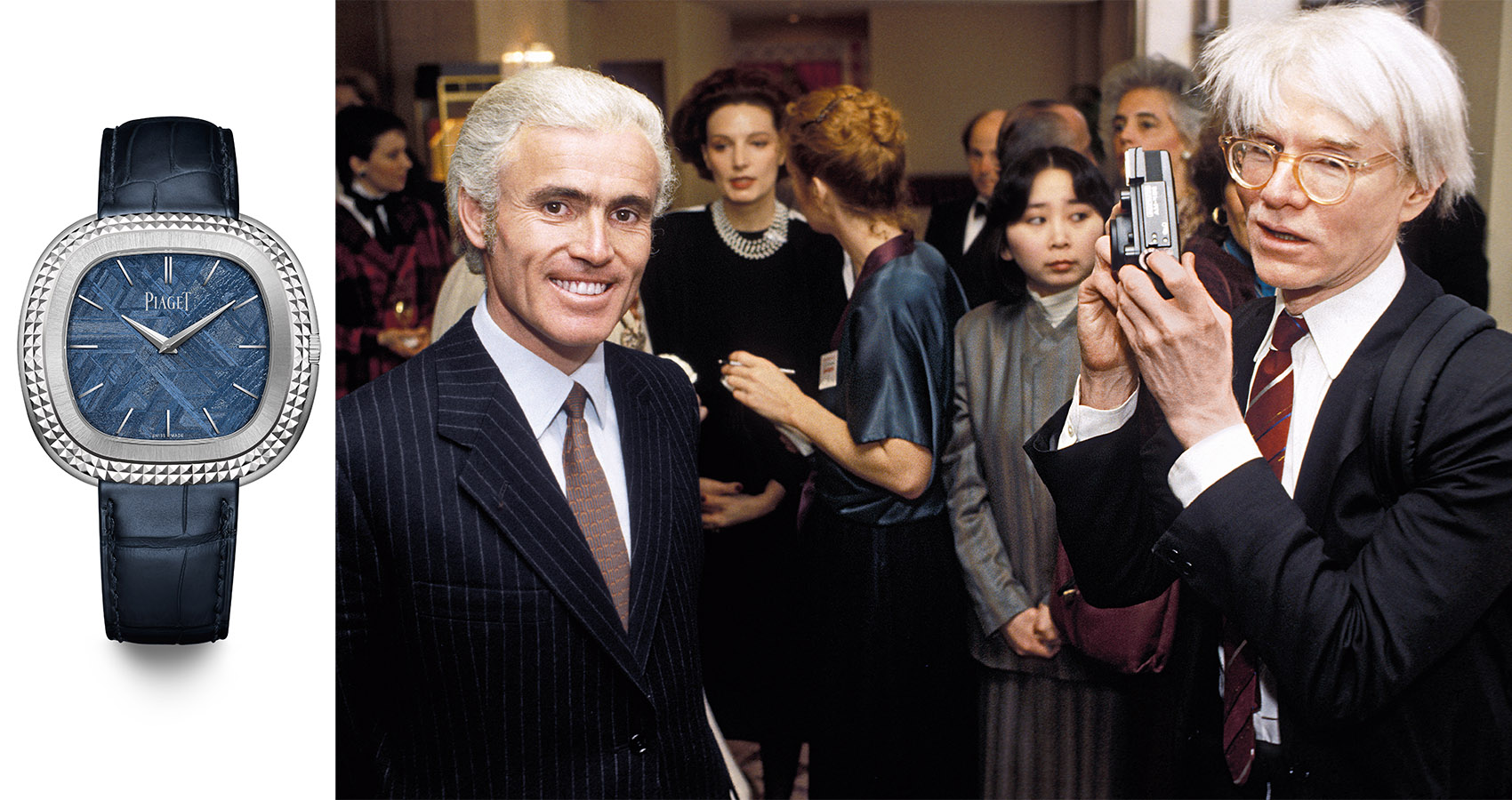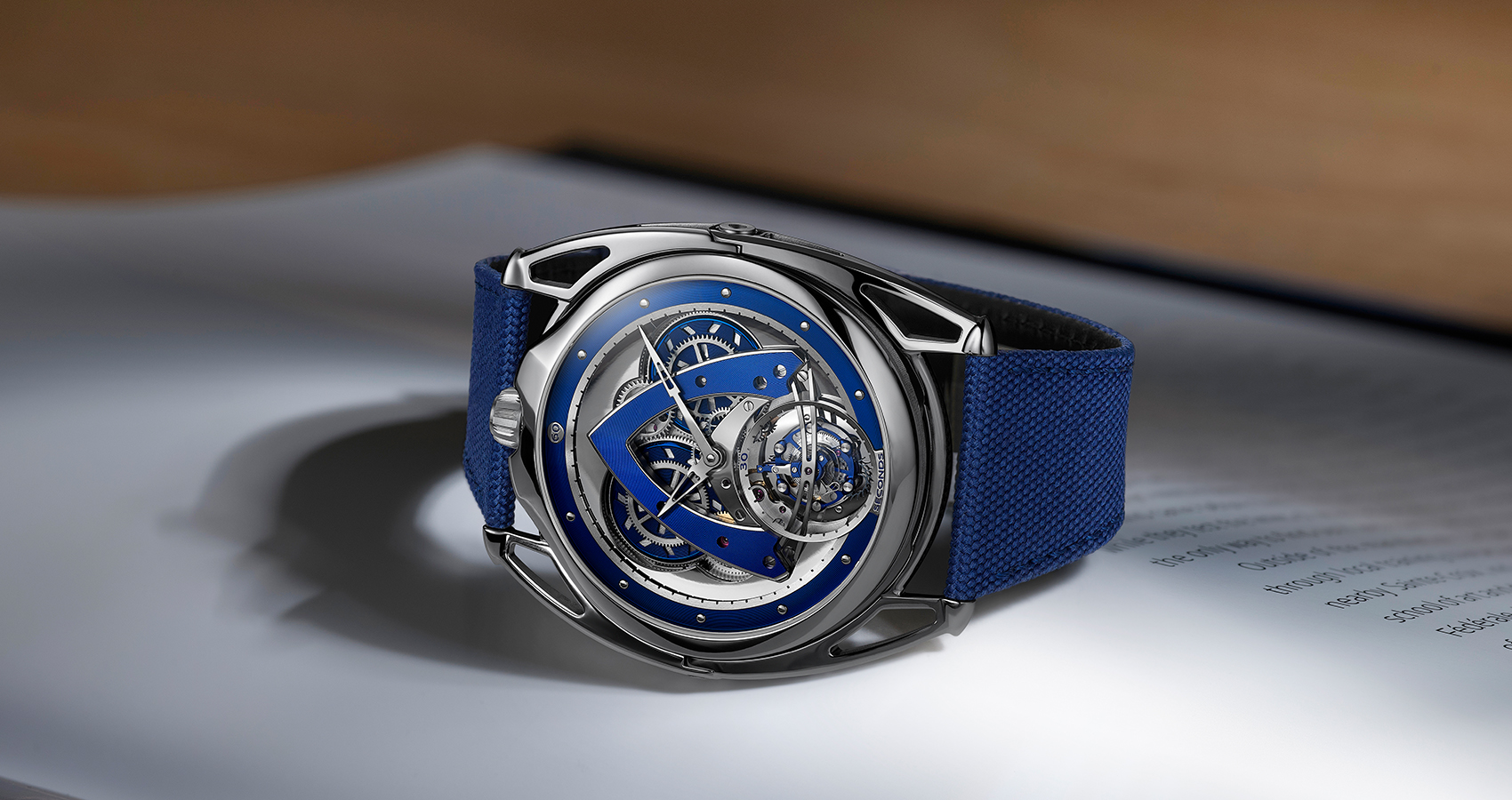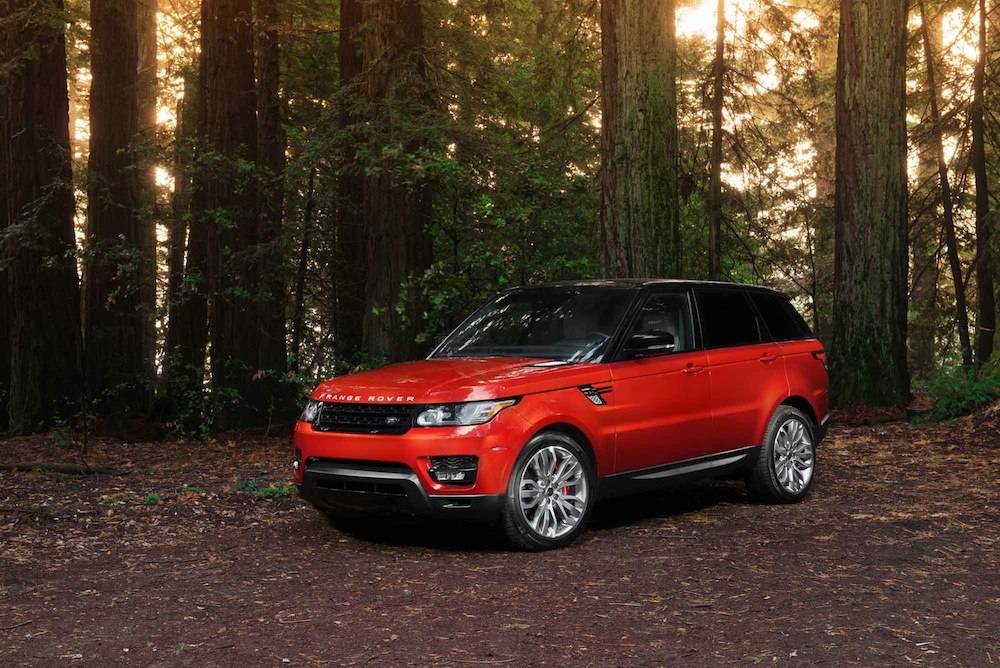
Haute Auto of the Week: 2014 Range Rover Sport
The imagination of Land Rover designers was highly entertained at the top of the year by the introduction of the all-new Range Rover, a quintessential show of craftsmanship in the form of a luxury SUV. It was striking, exhilarating, technological, and lavish. “Lifestyles of the Rich and Famous” would be remiss without a Range Rover in the garage. To increase the grandeur of the Range Rover royal family, inclusive of the Evoque, Land Rover embellished the fleet and bestowed the 2014 Range Rover Sport with undeniable grace, unforgettable refinement, and insatiable performance on-road and off-road. Welcome to a new era of evolution from the British purveyor of finely crafted LUVs – Luxury Utility Vehicles.
The task is almost incomprehensible when you step back and glance over the ideologies of what the latest Range Rover Sport needed to represent. For one it had to maintain its athletic characteristics fitting for any given Sunday; next it needed to operate within the context of a traditional utility vehicle meant for hauling multiple passengers in style; and lastly, the vehicle had no other recourse but to live up to Land Rover traditions, including “go anywhere” mobility. Yes, that meant the Sport needed the capabilities of wading through rivers up to 33.5” high, and yes it can accomplish that. It meant the Sport had to accelerate from 0 to 60 mph in a trailblazing 5 seconds. No problem, mission accomplished. It also meant the Sport required engineering enhanced with safety, innovation, and refinement considerations. Done! This feat is simply conjectural to non-believers until they experience the vehicle in full fashion and within isolated conditions which showcases the LAV’s virtues one-on-one.
With nearly two decades of Land Rover love under my belt, I am fully cognizant of the confounding variables any of their vehicles present to owners. During a private off-road outing in Northern California, I witnessed the Sport manipulate its way through the wilderness like a bear hunting prey. With Terrain Response 2; a ground clearance of 10.9” and maximized angle of approach and departure, the vehicle uses a cadre of sensors and algorithms to determine the best topography mode to set itself in. This task is assigned by Auto mode or can be individuality selected into General, Grass/Gravel/Snow, Mud/Ruts, Sand, or Rock Crawl mode. Anytime your vision is centered on the heavens above, then you know your vehicle is doing something miraculous like climbing a muddy wall. Similar to a pup fresh out of water, the Sport emerges from its campgrounds, shakes off any remnants of its nomadic adventures, and takes to the streets like a bat out of hell.
The Range Rover and Range Rover Sport have a few commonalities with the most obvious stemming from the 5.0-liter supercharged V8. To differentiate the two, the Sport received responsive and aggressive tuning while the Range Rover was adjusted for a relaxed, luxury drive. And yes, it is pretty obvious when you manually adjust the 8-speed ZF automatic transmission on the Sport with either the paddle shifters or new sport shifter. Its vicious audio sounds hungry, always in search for more protein in the form of asphalt. The exhaust was aggressively tuned to impart the engine’s capabilities. Up and down country roads, all I could envision was this vehicle at my disposal 24/7. To help a bit with fuel consumption, a highly noticeable Intelligent Stop/Start mechanism is standard, but doesn’t seem to quell the end result of a supercharger since it achieves only 16 combined mpg. The alternative is the 3.0-liter supercharged V6 with 340-horsepower and combined 19 mpg, which includes a 30% increase in city mileage. Its 0 to 60 mph acceleration is a respectable 6.9 seconds.
At a standstill, the Range Rover Sport is at the upper echelon of exterior styling. The soft tilted grille looks more adept on the Sport than the larger Range Rover and adds resilient body cladding and a front apron skid plate reminiscent of a chinstrap. The aluminum structure is very much bespoke and in the final portrait owners can select from three contrasting roofs; Corris Grey, Santorini Black or Indus Silver; 19 exterior paint finishes; and an array of fanciful rims from 19-inch to 22-inch.
The cabin of the Range Rover Sport is similar to a micro Range Rover, especially in the rear. A new level of quality materials that have been instilled in the LUV started with the healthy and boisterous multi-adjustable seats. The panels are smooth and flush while the leathers are animated and perforated. In fact, options include 11 interior hues, 4 aluminum finishes, 3 wood veneers, and 3 headliner colors. The V6 I drove had an Indus Silver exterior and Almond/Expresso/Almond/Ivory interior. An elongated panoramic sunroof brightens up the cabin and optional Meridian sound systems ascertain your voice is heard, especially the 1700 watt/23 speaker Signature 3D system. A mark was missed with the carry-over 8” Touch-screen Interface which is the medulla of the Range Rover Sport. From audio to navigation it’s the gateway to all of the vehicle and infotainment settings. It ranks at the bottom of our list in terms of user ability and accuracy. The navigation misrouted us on several occasions; the multiplicity of screens needed to complete one task is about two too many; and lastly it is “touch” which requires too much attention when driving.
Land Rover starts the bidding at $63,495 for a V6 Range Rover Sport SE and up to $93,295 for a Range Rover Sport Autobiography 5.0-liter. The other two models are the Range Rover Sport HSE and the Range Rover Sport Supercharged with all honing either of two Land Rover all-wheel drive systems. Keep in mind, various options and amenities will increase your final tab. For example the Vision and Convenience Package is $2,210 and includes the Surround Camera System.
 SIGN UP
SIGN UP



